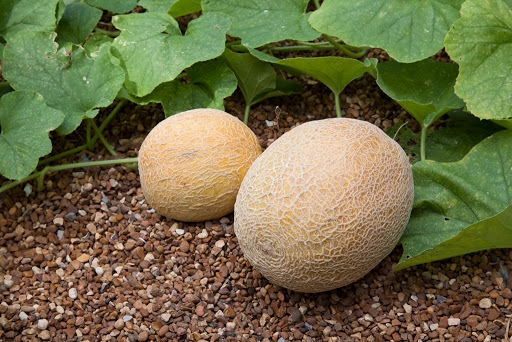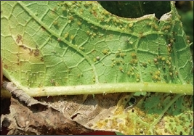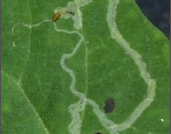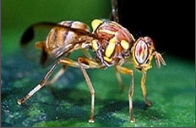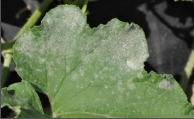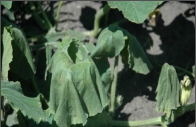Hara Madhu: Late maturing variety. Fruits are of large size, round shape having average weight of about one kg. Skin is of light yellow color. TSS contain is about 13% and very sweet in test. Flesh is of green color, thick and juicy. Seeds are of small size. It is resistant to powdery mildew. It gives average yield of 50qtl/acre.
Pusa Sharbati: Fruits are slightly oval, round. Flesh is thick and of orange color.
Arka Rajhansh: Early maturing variety. Its flesh is orange color with white color skin. It give average yield of 130qtl/acre.
Durgapur Madhu: Popular variety, known for its sweetness and fragrance. It is resistant to root rot, powdery mildew.
Arka Jeet: Early maturing variety with attractive yellow color fruits.
Kashi Madhu: Ready to harvest in 90days after sowing. It is resistant to powdery mildew. Flesh color of mature fruit is orange. Gives average yield of 80qtl per acre.
Lucknow Safeda, Kajara, Jaunpuri netted, Mau melon, PusaMadhuras
Other states variety
MH 10
Pusamadhurima
D. Madhu Madhuras
Narendra Muskmelon-15
RM 50
MHY 3
MHY 5
Gujarat musk melon 3: Fruits are oblong shape. Its flesh is soft, greenish color. Gives average yield of 51qtl/acre.

